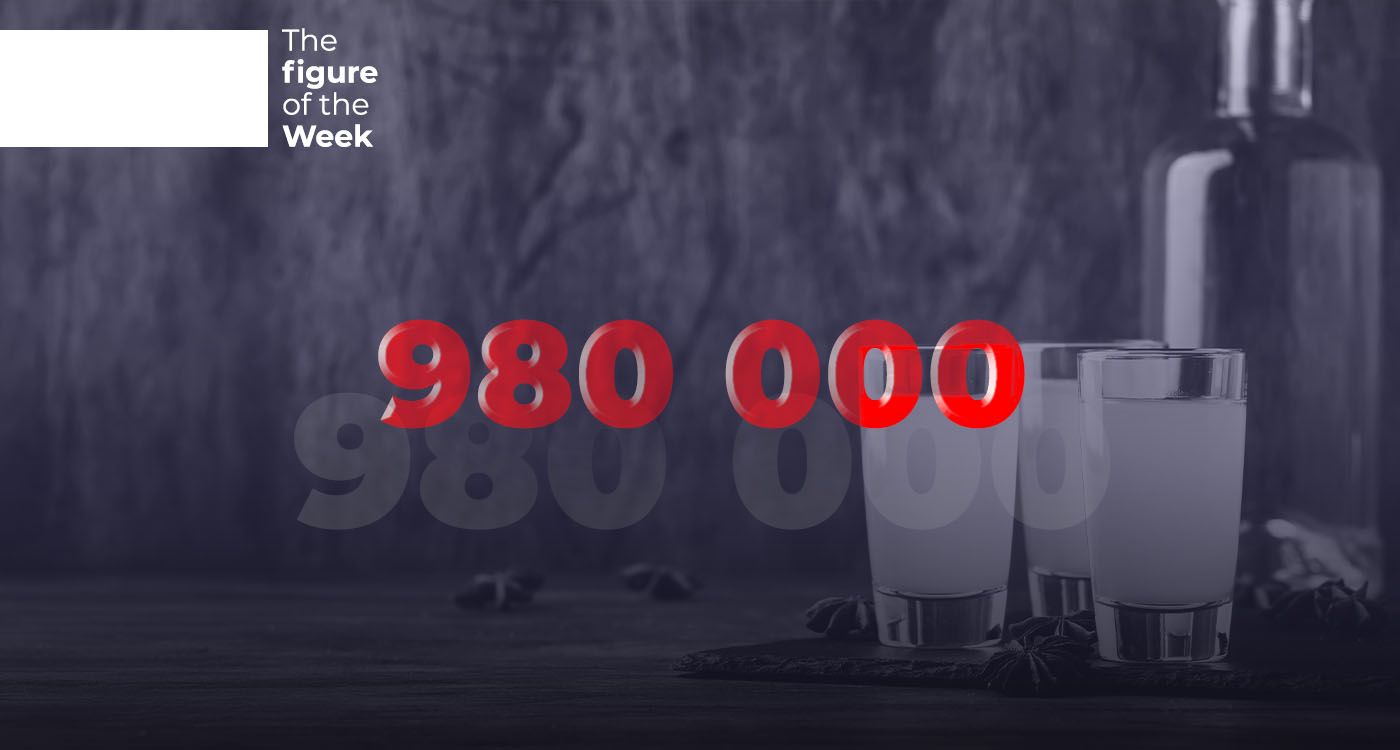- Home
- Figure of the Week
- Lebanese Arak Makes a Strong Comeback on Global Markets

©This is Beirut
The Lebanese arak industry is enjoying a remarkable revival. In 2024, exports of this iconic spirit reached 980,000 bottles, up from 700,000 in 2016. This represents a nearly 40 percent increase over eight years. In terms of value, the growth is even more impressive, rising from $3.7 million to $6.2 million, an increase of more than 67 percent.
This momentum reflects a broader resurgence of a product with deep cultural and historical significance. Annual production of arak in Lebanon, often referred to as the "white gold" of the Cedars, now stands between 4.5 and 5 million bottles, after previously dropping below 3 million. However, production remains well below the peak of the 1980s, when the country produced 25 million bottles and arak was widely exported to diaspora communities.
In response to this long-term decline, Zahle, a historic center of arak production, has taken the lead. In 2018, the city launched the first-ever "Arak Day," an initiative supported by the Ministry of Agriculture. The event was repeated in 2019, but then paused due to the pandemic and Lebanon’s multiple ongoing crises. Today, Zahle is renewing its efforts to restore Lebanese arak to its former prestige. The city is focusing on both innovation, including new recipes tailored to younger consumers, and the authenticity of a 100 percent local product deeply rooted in the land.
Zahle is currently representing Lebanon at the UNESCO Creative Cities of Gastronomy conference in Macau. With its strong winemaking heritage, legacy brands such as Arak Touma and Arak Ghantous & Abou Raad, and its deep ties to Lebanese culture, Zahlé is positioning itself as a key player in the promotion of arak. The city sits at the intersection of local production, national identity and food and wine tourism.
Read more





Comments